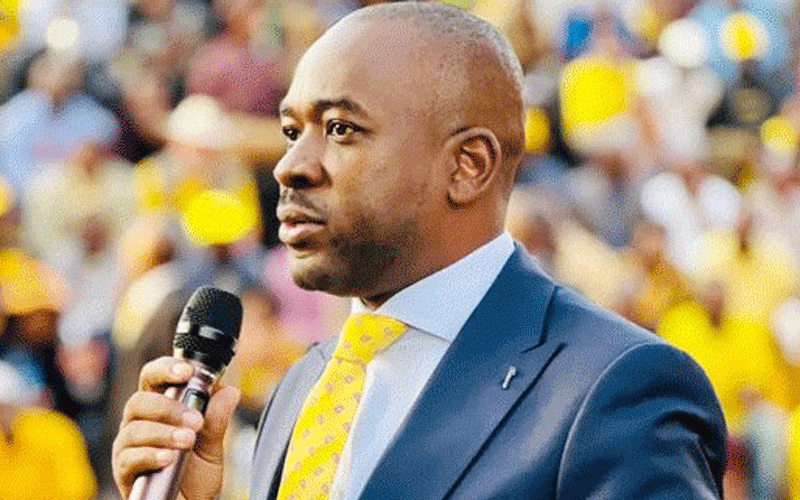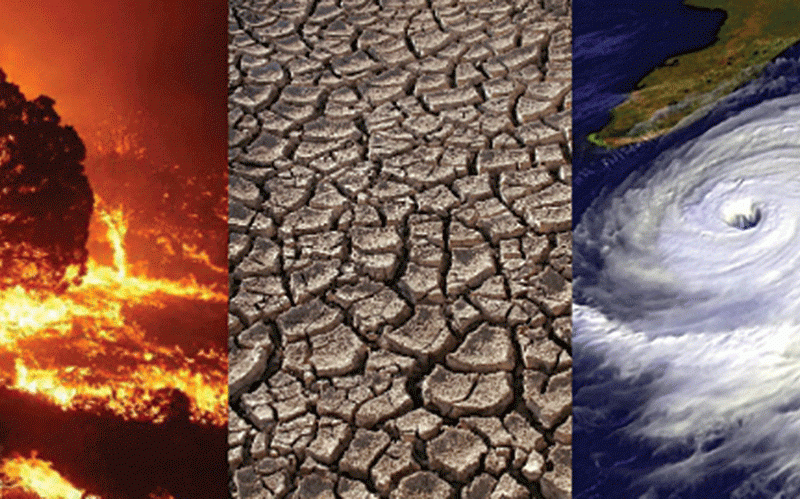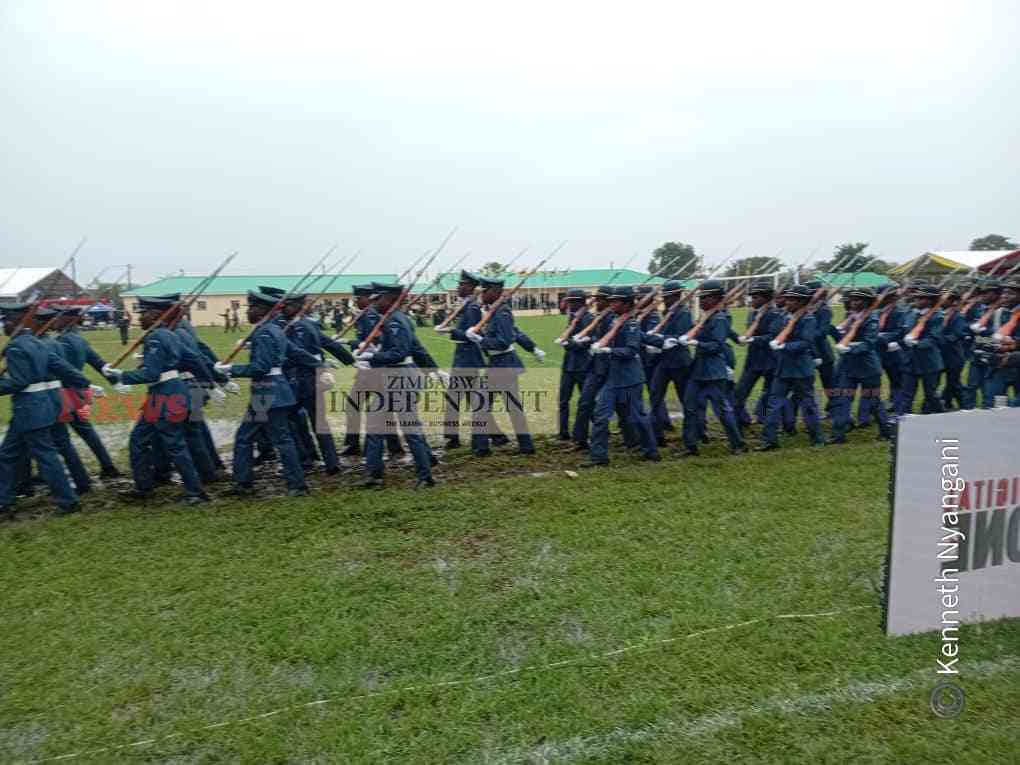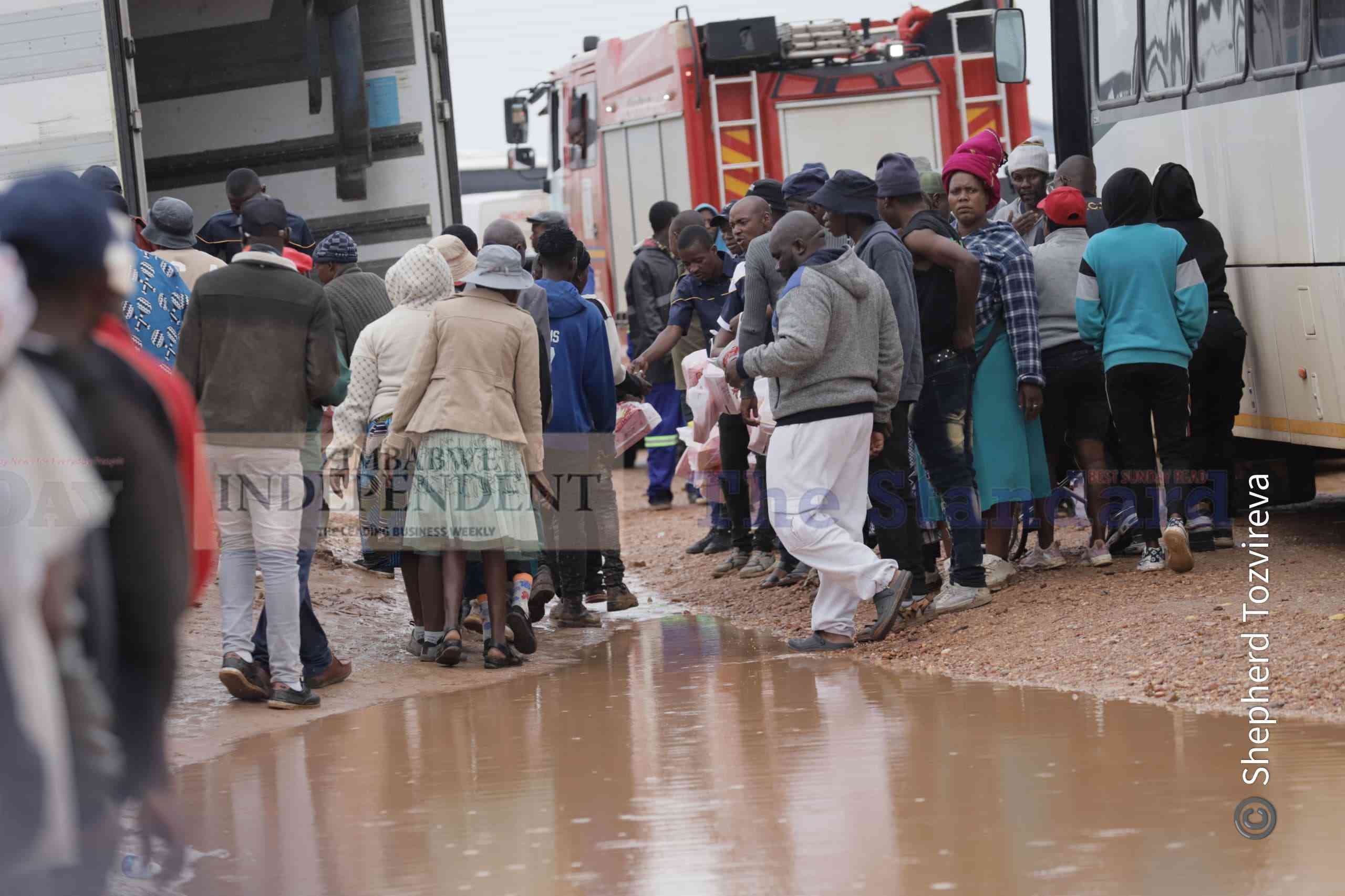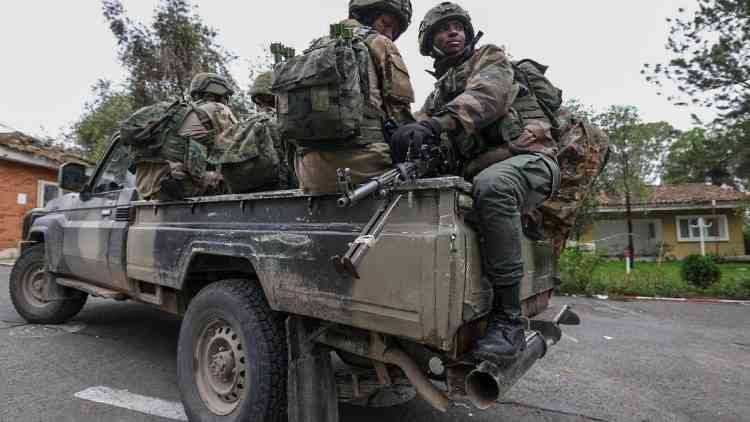
With the M23 rebels now firmly in control of Goma, the provincial capital of the North Kivu Province, and now poised to take Bukavu Province, the capital of the South Kivu, the intentions of the rebel movement are being questioned.
Immediately after seizing Goma, Corneille Nangaa, who leads a rebel alliance of which M23 is the largest member, declared that they were marching to Kinshasa to liberate the entire country and start rebuilding it.
The source of the M23 rebellion against the government of Felix Antoine Tshisekedi’s dates back to the days of colonial expansionism, which kicked off with the Berlin Conference of 1884 -85 when parts of territory that belonged to the Rwandan Kingdom was apportioned to the Congo.
The partitioned territory included parts of North and South Kivu.
However, despite accepting and taking the territory, respective Congolese leaders have not recognised the populations that were on the apportioned territories.
Beginning with the dictator Mobutu sese Seko, Kinshasa characterised the populations as Rwandans who should therefore return to their country.
Instead of asking them to return with their territories, the populations were supposed to be driven into what was left of the Rwandan territory after the apportionment to the DRC of parts of the North Kivu and South Kivu.
This ill-treatment of these populations was revealed to the United States in a confidential Airgram message from the American State Department archives, dated October 29, 1965.
- For DRC to survive, the tribe must die
Keep Reading
It was sent from its consulate in Bukavu, in eastern Zaire, now the Democratic Republic of Congo (DRC).
The DRC had been independent from Belgian colonial rule for five years and Rwanda had been independent for three years.
The confidential Airgram message stated that the Congolese government’s local administration was treating its own Banyarwanda citizens as refugees and violating their rights.
According to records, the colonial border between Rwanda and the DRC was drawn in such a way that part of the Rwandese kingdom was incorporated into the eastern DRC.
It is like Zimbabwe treating the Tonga-speaking people in Mashonaland West, in Kariba, as refugees and claiming they belong to Zambia, or the South African government treating the Tswana-speaking population in the North West as refugees and insisting they should go to Botswana.
The late Mozambican leader, Samora Machel once said that for the nation to survive, the tribe must die.
Machel joked with Zimbabwe’s former president, Robert Mugabe that Mozambique should end in Marondera.
The colonial border between Mozambique and Zimbabwe, in the eastern part of Zimbabwe, left Shona-speaking people on both sides of the border.
Today, if you drive from Mutare to Manica and proceed to Chimoio, you will find that they all speak Shona albeit with a different accent, but they are the same people divided by a colonial border.
The Shona speaking Mozambicans are not refugees in Mozambique, they are on their land, it is the colonial border that defined them as Mozambican instead of being Zimbabwean.
The Berlin Conference of 1885 created this mess, which many African countries have managed well, except in places like eastern Congo, where successive governments in Kinshasa have treated the Banyarwanda as refugees on their own land and stripped them of citizenship.
The trouble is that many people today are trying to fix the symptoms of the crisis instead of addressing the root cause, which is Kinshasa’s refusal to recognize its Banyarwanda citizens as Congolese and providing them with the same protection it affords to other Congolese from other ethnic groups.
The looting taking place in eastern DRC is a symptom of a failed government in Kinshasa, which has never had the appetite to fully govern its country as a modern state due to kleptomaniac leaders like Mobutu, who looted the public purse so recklessly that many parts of that country have no roads at all.
The external influences at play in eastern DRC are a direct result of the DRC’s failure in governance, further exacerbated by the fact that the Rwandans who committed genocide in their country in 1994 when they killed over one million people in cold blood, sought refuge in eastern DRC.
Many of them were incorporated into the DRC army, creating an additional layer of security concerns for both Rwanda and the Banyarwanda in the eastern parts of the DRC.
The remnants of the perpetrators and organissers of the genocide against the Tutsi in Rwanda have made their intentions known and clear that they want to topple the government of Rwanda through the barrel of the gun.
Under the banner of the FDLR, the armed group has even made several attempts to distablise Rwanda. The group has since 1994 been hunting down and killing Congolese Tutsi’s in eastern DRC forcing the victims to put in place self defence systems which have now culminated in the M23 movement.
If those issues are resolved, the problem would disappear, and external actors would have no excuse to remain in the DRC.
As long as everyone involved continues to focus on today’s symptoms rather than the root cause, the problem will persist.
The consequences of the Berlin Conference continue to shape the borders and geopolitical landscape of Africa, contributing to conflicts and instability in various regions.
The case of the Banyarwanda people in the Eastern Congo serves as a prime example of how colonial borders have led to disputed identities, citizenship rights, and tensions between neighboring countries, some which have led to new states being created like South Sudan.

